How to Binge: Fringe Festival Preview
Kim Surkan speaks to Leah Cooper, Fringe director, and lays out for you some of the vast possibilities of the next couple of weeks: Fringe Festival is August 4 to the 14th! Get your walkin shoes on.
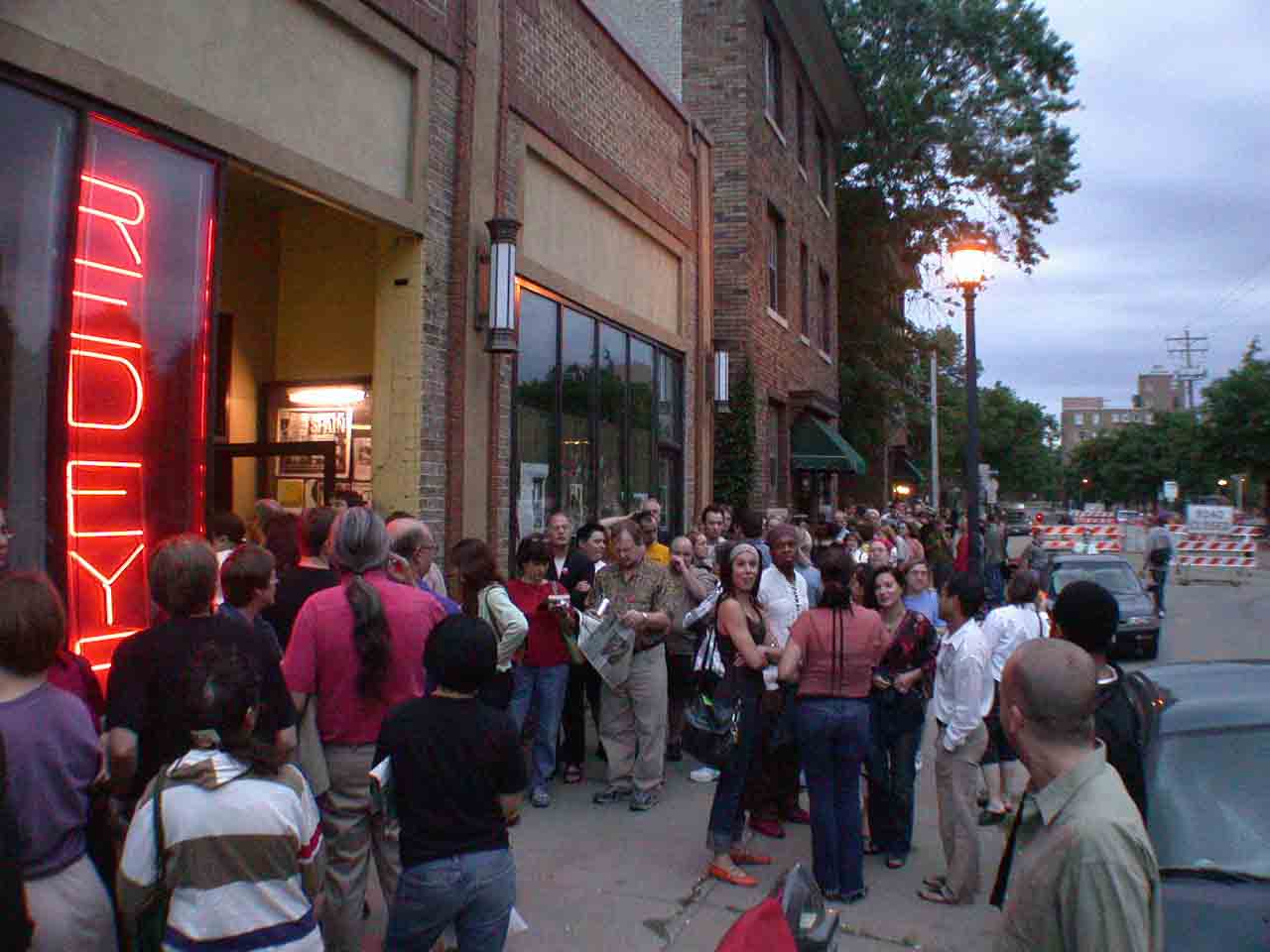
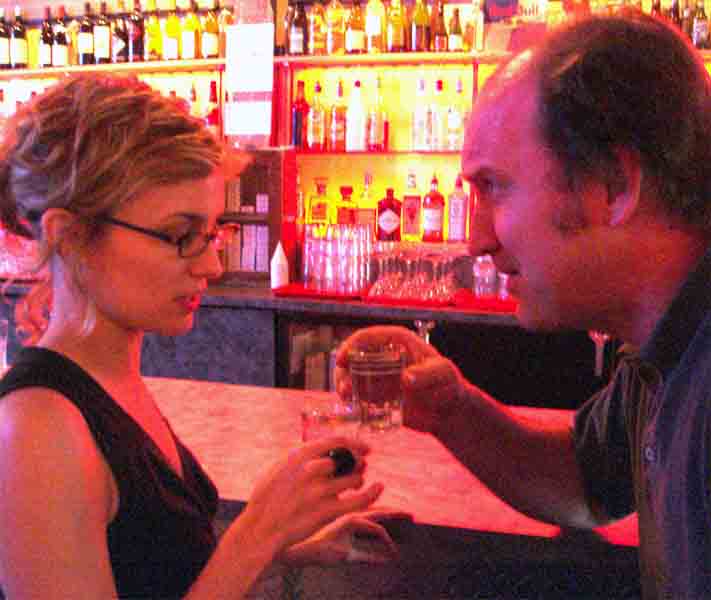
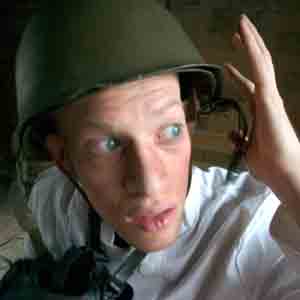
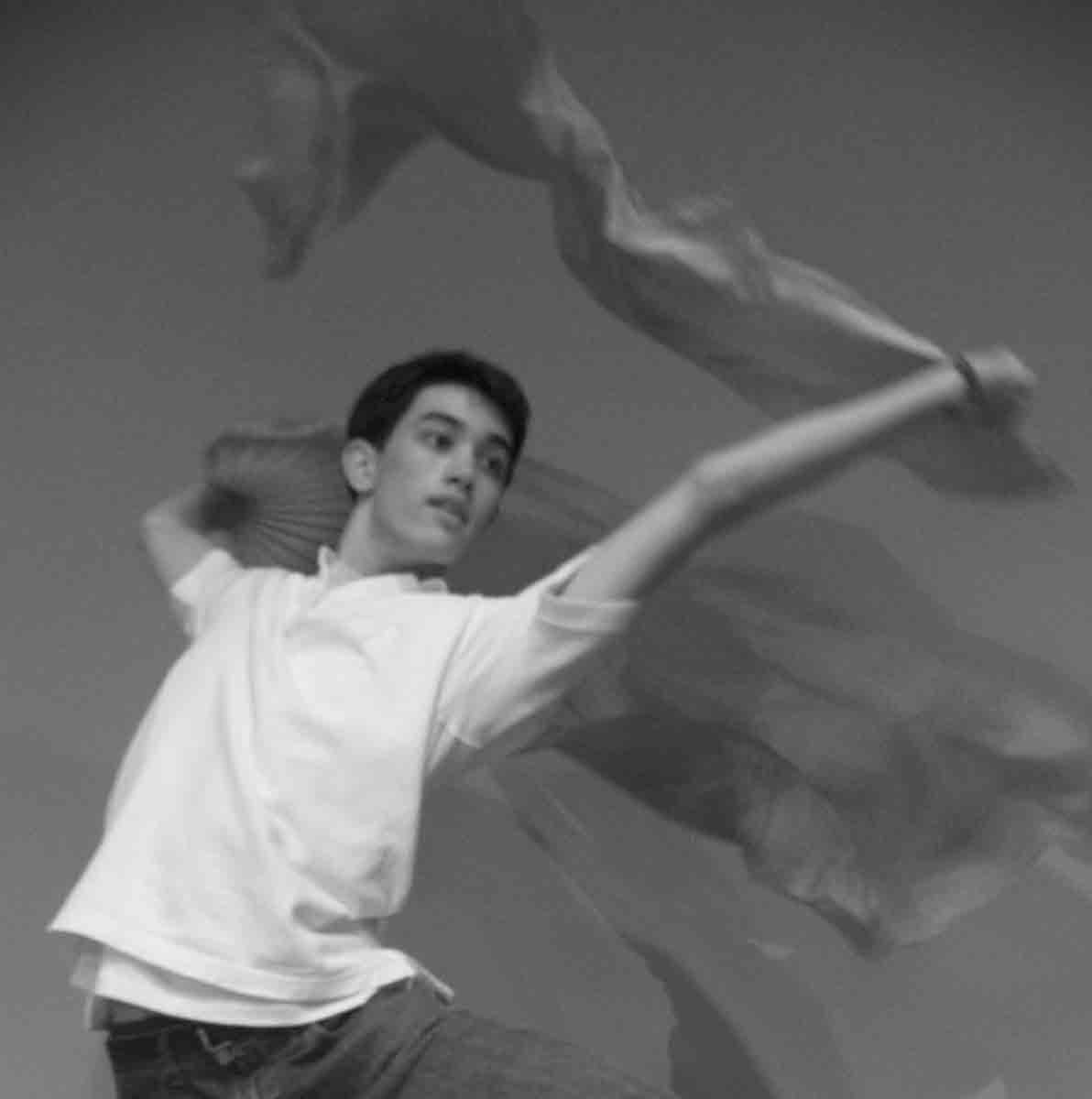
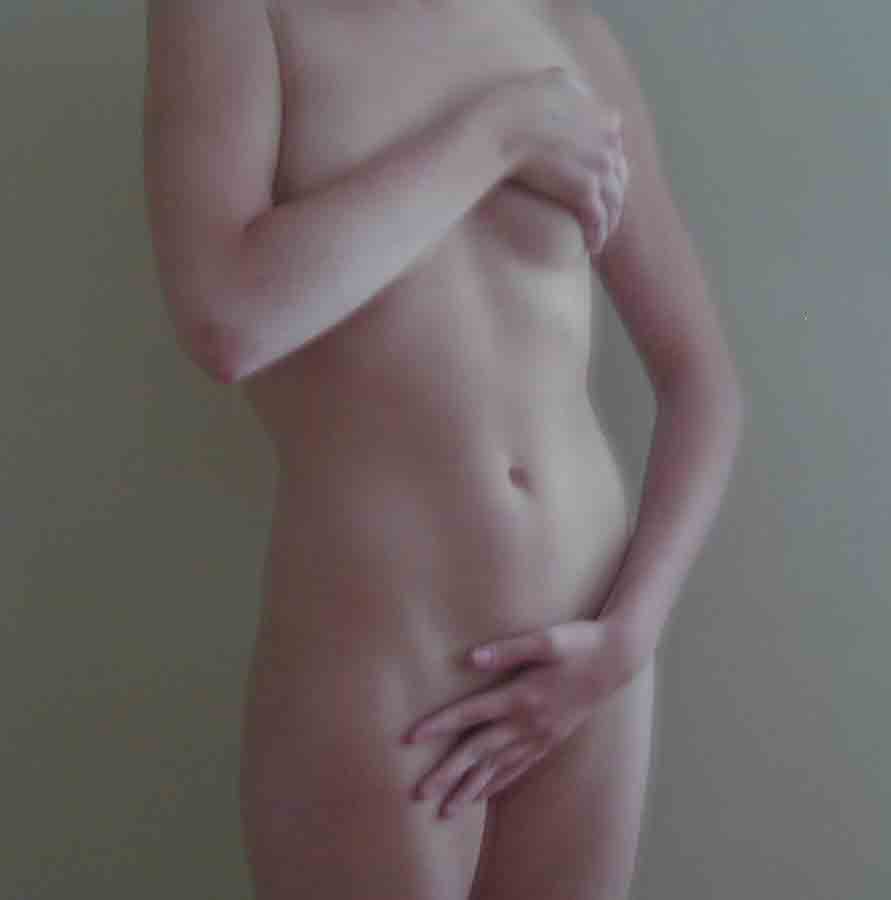
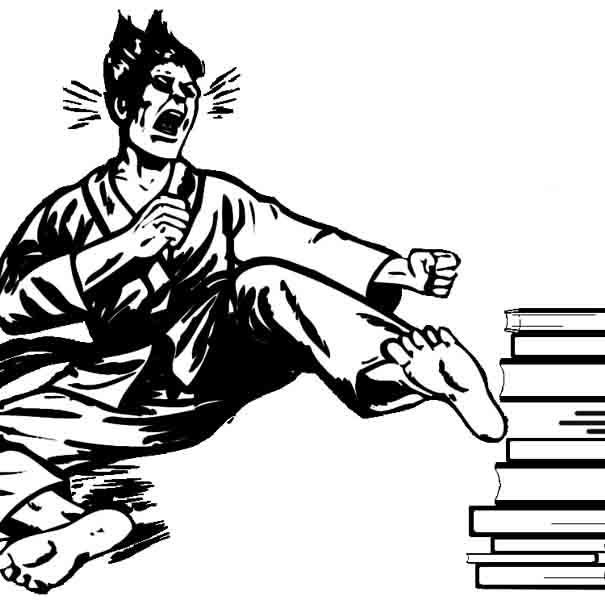
This year, the Minneapolis Fringe Festival will draw over 50,000 people, organizers say — making it the largest non-juried Fringe Festival in the country, and the third largest in North America (behind Edmonton and Winnipeg). That’s excluding the New York Fringe, however, which is about the same size but preselects its shows. “The New York Fringe is totally curated, so by our definition, it’s not really a Fringe,” says Executive Director Leah Cooper.
What is a Fringe Festival?
The original Fringe Festival took place in Edinburgh, Scotland, in 1947, when eight uninvited performance companies crashed the Edinburgh International Festival and set up shop on the periphery of the three-week festival. Spectators on their way to and from the “real” festival would pass by and stop to watch the many acts mounted along the way. Soon the Fringe shows were drawing their own crowds year after year. The tradition became so popular that soon other cities began hosting their own non-juried Fringe Festivals, and today there are many such annual performing arts events all over the world. Fifty-eight years later, the Edinburgh Fringe has grown by leaps and bounds, at last count offering in excess of a staggering 25,000 performances.
The Fringe Festival is really the people’s theater — predicated on a principle of equal opportunity for performers of all levels and in all genres, audiences ensure the success of good shows by spreading the word quickly and voting with their feet as they trek from show to show. The contemporary Fringe Festival consists of hundreds of different shows performed multiple times over a week and a half. This year’s Minneapolis Fringe features 168 different productions performing a total of 865 times; a superhuman Fringegoer could individually attend 61 of those performances by going to one in every available time block from August 4-14.
Not many people are capable of taking in that much theater in such a short time, but some will try. Cooper calls them “Fringe-bingers,” the die-hard regulars bent on seeing as many Fringe shows as humanly possible. “There is a growing contingent of people who actually take their two-week vacation from work for the Fringe,” says Cooper. “I think part of the whole Fringe experience is to just immerse yourself in theater.”
With 20 different venues clustered in different neighborhoods — Loring Park, Uptown, downtown, and this year the West Bank area – it’s fairly easy to hop from show to show on foot. Cooper’s preferred mode of Fringe transportation is her bicycle, which enables her to get to venues scattered a little farther from each other without the headache of trying to park.
To “fringe,” — for it has become a verb over the years — is to take part in a strange yet delightful culture of alternative theater. How to do it? First, buy a $3 Fringe button — a one-time expenditure required for entrance into all Fringe shows — then select a ticketing option: the $12 single ticket ($10 students, seniors, and MPR members, $5 children under 12), 5-show punch card for $45, or the $130 Ultra Pass, which provides entrée into as many Fringe shows as you can stand to go to. Next, grab a program and a highlighter, and start fringing!
Choosing what to see
The Fringe, it must be remembered, is totally non-juried, which means that “nothing you‚ll see has been selected, reviewed or censored,” according to the program. Everything is a risk, and also a potential reward. Mingling with other festival-goers is a good way to find out what’s hot — just beware of sold-out shows later in the run. Methods of show selection might be seen as a sort of personality test; the hyper-organized map out their daily schedules and routes far in advance, while others drift where the wind takes them. Some prefer the random method of going to the nearest venue and just seeing what happens to be on at that time. There really is no single way to fringe — adapt to your own style, schedule, and budget.
The vast majority of the performers are local to the Twin Cities, but 29 acts are coming from out of town, from as near as St. Peter and as far away as London. This year the festival changed from a first-come, first-served method of selecting Fringe performers to a lottery selection process. Out of some 300 applicants, just 168 ended up with lucky numbers.
“We chose the shows using ping-pong balls in a big giant cage, so there’s a certain randomness to this year’s festival that’s never really been there before,” explains Cooper. “Last year we got more applications than we could take on the very first day, so we had to switch to a lottery. There are a lot of shows from people we’ve never heard of before. There’s definitely a wider range of style and ethnicity participating this year, so that‚s kind of cool to see.”
Still, the process is not totally random ˆ in order to ensure diversity, the Fringe reserves a certain number of slots for different types of shows, including the Kids’ Fringe and the Teen Fringe. In addition, slots were reserved for international shows, for artists of color and for showcases, which are curated shows composed of many short pieces by different artists in the same style.
Fringe Culture
The Fringe definitely has a culture all its own, something that can’t quite be described but which has become more defined over the years as audiences and performers return again and again to see old friends and favorite acts. Organizers are fostering the social aspect of fringing again this year at “Fringeville,” the reincarnation of last year’s experimental “Fringe Central,” a place to mingle and have a drink with performers and other Fringe-goers.
This year Fringeville can be found at the Suburban World theater on Hennepin Avenue in Uptown. To make it even more club-like, there will be live bands playing every night, starting at 11:30 p.m, after all the shows have ended for the day. Wear a Fringe button to get in — food, drinks, and T-shirts are for sale.
Another new event is Fringe Prom (billed as “the dorkiest gala event of the season”), which will take place at Fringeville on Friday, August 5 from 9 p.m. until 2 a.m. “All of us theater dorks probably didn’t go to or enjoy our prom, so this one we can actually have fun at,” Cooper says. “We call it ‘all the glory of your college years without the quasi-legal hazing rituals.’ For those lacking the proper attire, showing a Fringe button at the Uptown Ragstock gets you 25% off prom wear.
Podcasting and “Fringe in Your Ear”
If you’re feeling anti-social but still want to catch the latest Fringe buzz, you can listen in to one of this year’s podcasts found at www.fringefestival.org For those who are still lacking the hardware necessary to tune in to a podcast, never fear! First Tech is offering a 10% discount on all iPods with a Fringe button from August 4-27.
“This year we’ve got downloadable audio files with sneak previews of Fringe shows and news bits, and we’ll be releasing those throughout the festival,” says Cooper. “In addition to that, we have a section of the website called ‘Fringe in Your Ear,’ where we actually sell audio plays online. You just download it and listen to it wherever you want. It’s all site-specific work.”
“Fringe in Your Ear” selections include Skewed Visions‚ “Sidewalk,” a walking audio tour of the LynLake neighborhood, and pieces of “Thirst,” a site-specific showcase of work that has been performed at the Loring Park restaurant Joe’s Garage every Monday night since November 2004.
“Thirst”
“Thirst” is a Fringe-sponsored experiment in creative site-specific theater. “It’s very artist-driven,” says Cooper. “Professional playwrights work collaboratively with equity actors. The only guidelines are that it should be written to take place in a bar, and [each skit] should be about 10 minutes long.”
An evening of “Thirst” takes the meaning of dinner theater to a whole new level, Cooper adds. “It’s really fun. You’ll basically be sitting there up on the roof of Joe’s Garage, eating your salad, and suddenly somebody at the table next to you is speaking entirely too loud, and suddenly you’re watching a show, and then it ends, and you go back to eating, and then the next table starts up.”
Like Fringeville, the concept behind “Thirst” is community-building. Cooper sees that as one of the central purposes of the Fringe in general. “Each night after it’s over, all the actors and the writers kind of hang out, and it’s become kind of a nice community gathering point for people from all levels of experience,” she says. “It’s so cool to see somebody you just saw doing a lead role at the Guthrie now doing something really weird and crazy on a Monday night at Joe’s Garage, and then you can hang out afterwards and have a drink with them. Like the Fringe, it sort of breaks down some of those weird clique-y boundaries that happen in the arts.”
In addition to the “Fringe in Your Ear” excerpts, a special live performance of six interwoven “Thirst” scripts can be seen as a regular Fringe show at Joe’s Garage.
Bring Your Own Venue
The Fringe Festival continues to welcome site-specific work with several shows designed especially to be performed in specific spaces. In an effort to get even more performers involved, there is always the BYOV, or Bring Your Own Venue option. “We’ve always had a special application process for people who want to do site-specific work that’s not in a theater, and we call it ‘Bring Your Own Venue,’” explains Cooper. “They basically take care of finding the venue and run their own box office and tech, and they just participate — they accept Fringe tickets and they’re listed as a regular show in our program.”
The biggest BYOV this year is the “Spiritual Fringe,” which consists of nine different shows taking place at Lake Harriet United Methodist Church. Together, the performances represent an exploration of spirituality from a wide variety of denominations and faiths. Former Fringe director Dean Seal, a playwright and performer who also holds degrees in theology, was instrumental in curating the Spiritual Fringe.
Another BYOV that promises to be worth its ticket price is “Please Don’t Bomb Mr. Boban” at the Soap Factory. Inspired by a true story of two brothers in Iraq whose café kept getting bombed, Jon Ferguson decided to use the industrial space as his set to tell the story of the surviving brother and his determination to keep his bistro open. With Noah Bremer and the Live Action Set, he recreates the scene of a café that became a haven for the community. Using physical theater, clowning, and dance, the show transports its audience to another place and time.
St. Steven’s School is hosting another BYOV show called “Act Before Midnight (A Random Selection of Everyday Americans),” a vaudeville piece about homelessness. Created by zAmya Theater Project, it features a cast of people who are both with homes and homeless.
Song, Spoken Word, and Dance
As always, there is a lot of variety in styles and modes of presentation at the Fringe. This year’s festival features 21 dance works, many shows with musical content, and more shows with hip-hop and rap influence than ever before. Among those are “Dance in the Dark,” an 18-person show brought to the Fringe by Saucy Mechanics, the same company responsible for the Fringe hit “Trick Boxing” of a previous year.
In the Teen Fringe is another dance show called “Press Play,” put together and choreographed by 18-year-old Ben Kimitch. Featuring dancers from companies across the Twin Cities, “Press Play” is one of the dance events taking advantage of the inclusion of the Southern Theater as a new Fringe venue this year.
Spoken word used to have its own program in the Fringe, but it’s now largely incorporated with storytelling of all kinds into showcase works like “At Least One Shoe,” a performance shared by four artists: Katherine Glover, Lane McKiernan, Hortense MacLeod, and Eli Jean Weintraub.
Musical content, too, abounds at the Fringe this year, from humorous send-ups of showtunes in “Sound of Muzak” to beautifully sung narrative in “Soundtrack for the Common Man.” For a New Age approach to environmentalism through song, try “Mama Earth — A Cabaret of Consciousness.”
Above all, expect the unexpected and you can’t go wrong. New work from old favorites is always likely to be a success. The Scrimshaw Brothers, for example, are back with a “choose-your-own-adventure” in romantic comedy called “Adventures in Mating.” In it, the plot is arrested at cliff-hanging moments, forcing the audience to choose which outcome they would like to see. The show, therefore, will never be the same twice!
Perhaps that’s true of the Fringe as a whole — originality and variety are the watchwords of this event. Take the leap — chances are good you’ll be hooked, soon to be counted as one of next year’s Fringe-bingers. Don’t say I didn’t warn you.